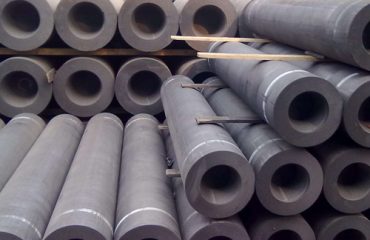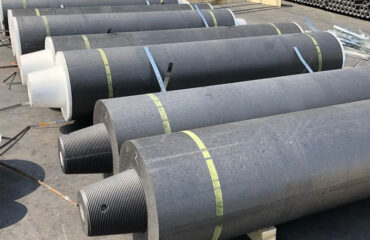
The graphite electrodes produced in our country generally use straight-line joints, with less taper joints. The advantage of using cone joint is that it is easy to twist the joint, the joint hole is tapered so the hole wall of the joint hole is thicker, the strength of the hole wall at the impact is larger, the joint hole and the joint are not easy to break (compared with the linear joint), this is the advantage of using tapered However, the processing cone joint ergonomics is low (more than one times lower than the straight-line connector), the material yield is low when processing, and the use of cone joints once shaken loose buckle is easy to drop.
The electrodes for processing the taper joints of graphite electrodes are also made of ordinary lathes. The machining method of the outer circle of the graphite electrode is similar to that of a straight-line joint electrode, in the flat end face and boring, milling thread should be on the lathe on the other side of the mold device, so that the car knife or milling cutter in the direction of the specified diagonal movement, thus processing the cone.
When machining graphite electrode joint, the blank of the outer circle of the car is divided into several sections according to the joint length. The two halves of each section are Cheng Cheng to the cone of the ends (according to the taper specified in the drawing), the same is done by the mould device, and finally, each section is cut, and the thread is milled individually. The end of the joint is fixed on the chuck at the end of the milling thread, and the thread, the flat end face and the end part of the milling ends are milled on the side of the double cone billet.
The semi-finished product of one end thread has been milled on another lathe (removing the chuck instead of the first) and processing the other end in the same way. During processing, the end of the thread is screwed into the tire to protect the thread, and then the same tool is used to mill the other end of the thread and flat end face, milling half buckle, etc.


